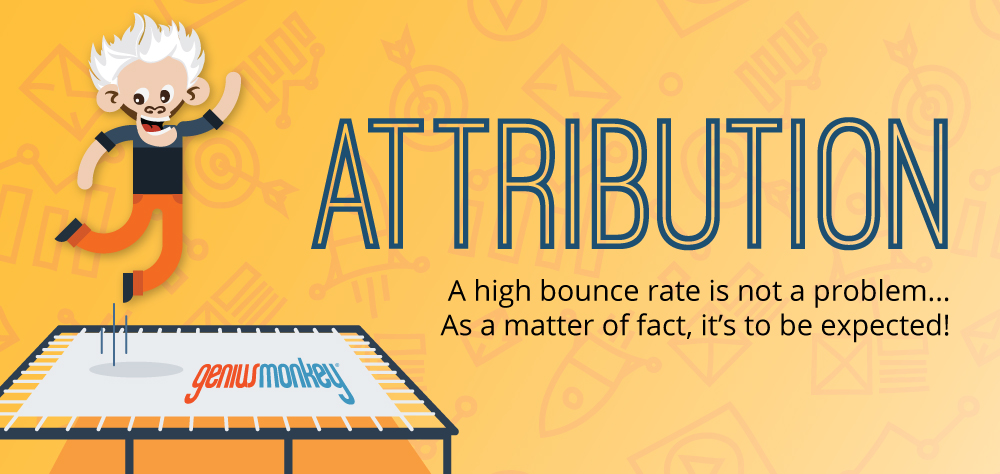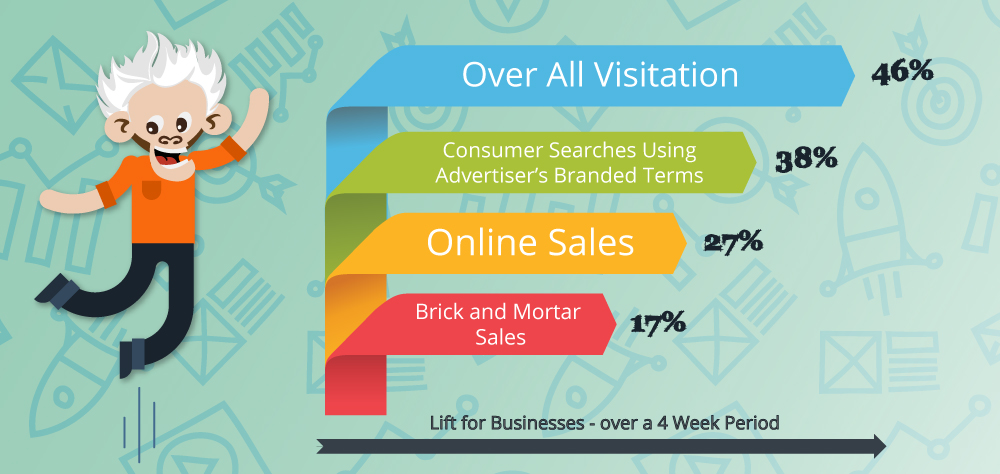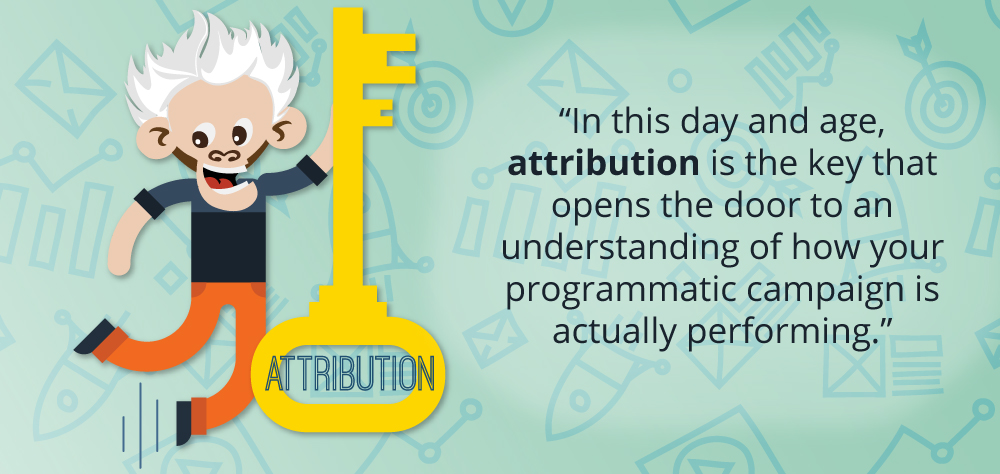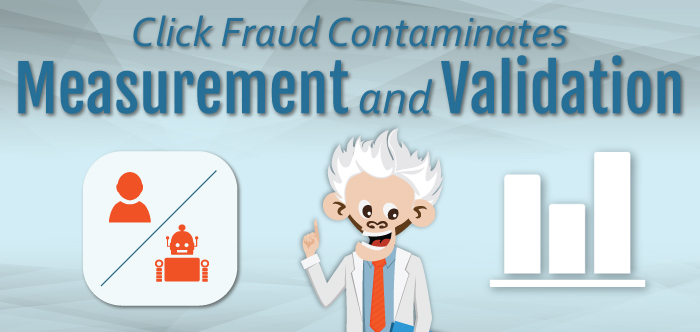
A High Bounce Rate is Not a Problem … As a Matter of Fact, It’s to Be Expected!
Here’s why:
- People are watching something else, or possibly involved in a project when they see an ad
- They may be watching the game, or a movie, or even funny YouTube videos that they don’t want to break away from … BUT … they may click on the ad to get the name of the company, with intentions of going back to it when they get a chance
- Because cookies can be dropped after a set amount of time, by the time the viewer eventually gets to the customer’s site, it may not be credited to the ad, but it will count for organic, direct traffic or even a paid search ad
- With new and broadening knowledge of conversion optimization and website design, users needn’t navigate deeply into a website to locate info they are seeking. They can land on one specific page, glean the information they are looking for, and exit again without having to click on anything. While counted as a bounce, they actually only left the site because they got the product information, contact info, address, price, etc. they were looking for.
- Analytics programs like Google Analytics only register a time on site or a second page once they go to an actual second page. This means a visitor could have spent 20 minutes on your landing page then left and analytics would show a bounce. Not very fair to the hard working ad that brought them in huh?
Effectiveness of an Impression and Click
A 4-week third party study by industry leader comScore of 139 online display ad campaigns revealed:
- Even if it’s average, at best (fewer actual clicks, high bounce rate, etc.), an ad campaign will still create a major impact on a brand
- Over a 4-week period, businesses experienced an over all visitation lift of 46%
- The chance of consumers conducting a search query using the advertiser’s branded terms experienced a lift of 38%
- Online sales for the advertised brand experienced a 27% lift
- Brick and mortar sales were lifted by 17%

If a subpar ad campaign can create results like this, imagine what something like Genius Monkey’s technology and expertise could do for your business!
Online Ads Increase Online and Offline Traffic
- Recent research revealed that not only does online advertising effect online shopping, but also it has a substantial effect on retail traffic!
- Increase in sales from a display ad is lower than that of a search ad as long as the reach is the same
- With display ads, the reach is greater, thereby outperforming the search campaigns
- When display and search campaigns are combined, the perfect storm occurs.
We track the results of our programmatic advertising …
BECAUSE WE CAN!
Genius Monkey doesn’t just measure the conversions from a direct click; we look at the WHOLE PICTURE across ALL THE CHANNELS, over the ENTIRE JOURNEY!
The result is accurate measuring, and offers a complete snapshot of the effectiveness of your advertising dollars.
Don’t Depend Solely on “Last-Click Attribution”
Last-Click Attribution: Refers to a default web analytics model used by tools like Google Analytics in which the “last click” is given credit for a sale or conversion.
Many advertisers credit the last click for bringing new customers to the table, crediting the visit to organic or direct traffic. But to be accurate, a further understanding of how that last click came to be is imperative to get a true picture of what created the success.
Those that focus on Last Click conversions only are missing opportunities for better optimization, which leads to a broader bottom line!
Your Genius Monkey account representative knows how to discern how many direct conversions and what amount of search engine traffic are results of programmatic search!
In this day and age, attribution is the key that opens the door to an understanding of how your programmatic campaign is actually performing.
_
“At Genius Monkey we even see an over all increase in email campaigns, CTR and conversion rates during the time we are running our programmatic ads for a client.” Says Jeremy Hudgens, SVP and Director of Client solutions at Genius Monkey _
Its important to understand that programs like Google Analytics are great but have a very hard time tracking programmatic ads so don’t just look at the basic amounts of traffic and bounce rate. Uncover and dive deeper into
- What did the visitors do who Did Not bounce
- What other medians went up in traffic once programmatic started
- How is Programmatic doing in compare to other like-media, i.e., direct banner buys from a single site
- Total incoming leads including phone, walk in traffic and digital leads

The data you gather from Google Analytics doesn’t paint a true picture of your overall success. For instance, if you see a high volume of site visits, your data could be off by anywhere between 10 and 80 percent!
This means that marketers may be making data-driven decisions based on information that is potentially inaccurate. While you can generally trust data relating to visits and page views, you can’t rely on revenues, transactions, conversion rates and goal conversions. Google Analytics can even experience discrepancies when running on an AdWords (a Google product as well). This begs the question: If it can’t even track its own own campaign to a high degree of accuracy, then how can they track other networks at a greater rate?




